 |
| Garibaldi Provincial Park, British Columbia - Author: TheSimkin (talk · contribs) - Public Domain |
The United Nations Food and Agriculture Organization definition of a forest includes, tree plantations whose main purpose is to supply timber, or wood derived products. It does not include tree plantations grown to supply products such as fruit and coconuts for example and neither does it include agroforestry, urban parks and gardens. Areas of trees of over five hectares are included. Landscapes where there are a substantial number of small patches of forestry in the terrain and small areas of woods, or spinneys, are also included, though they are difficult to identify and monitor, yet can range over significant areas. Read more


.jpg)
.jpg/640px-Stonehenge_(sun).jpg)
)).jpg)


.jpg)

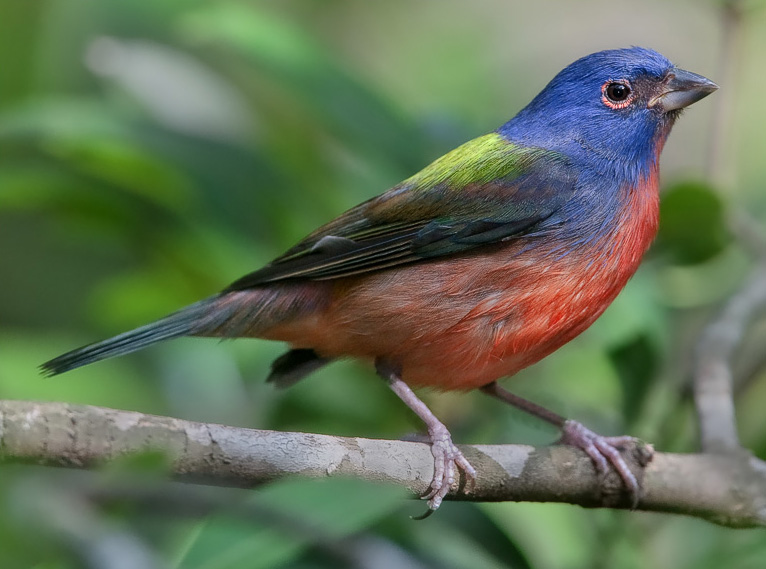

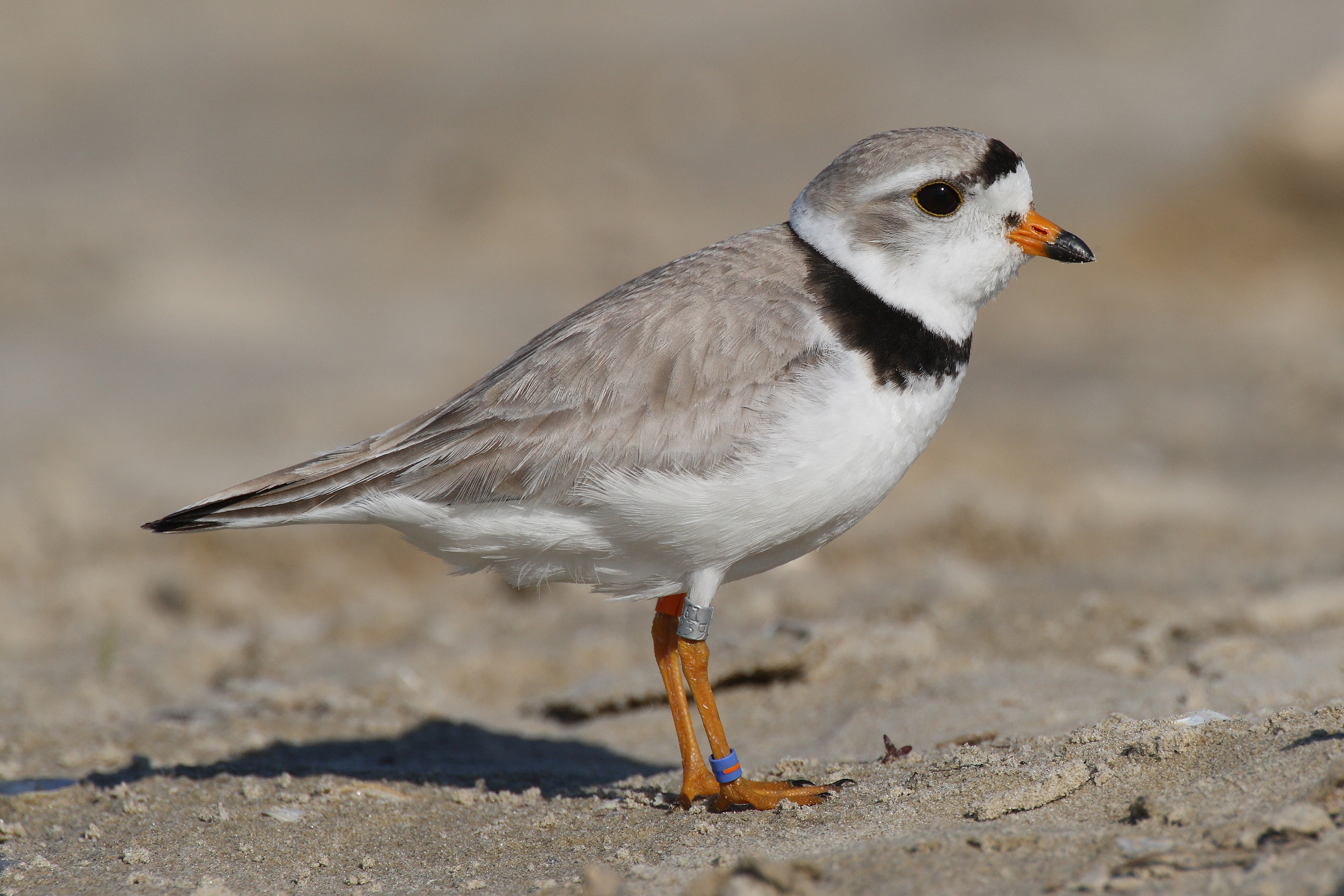
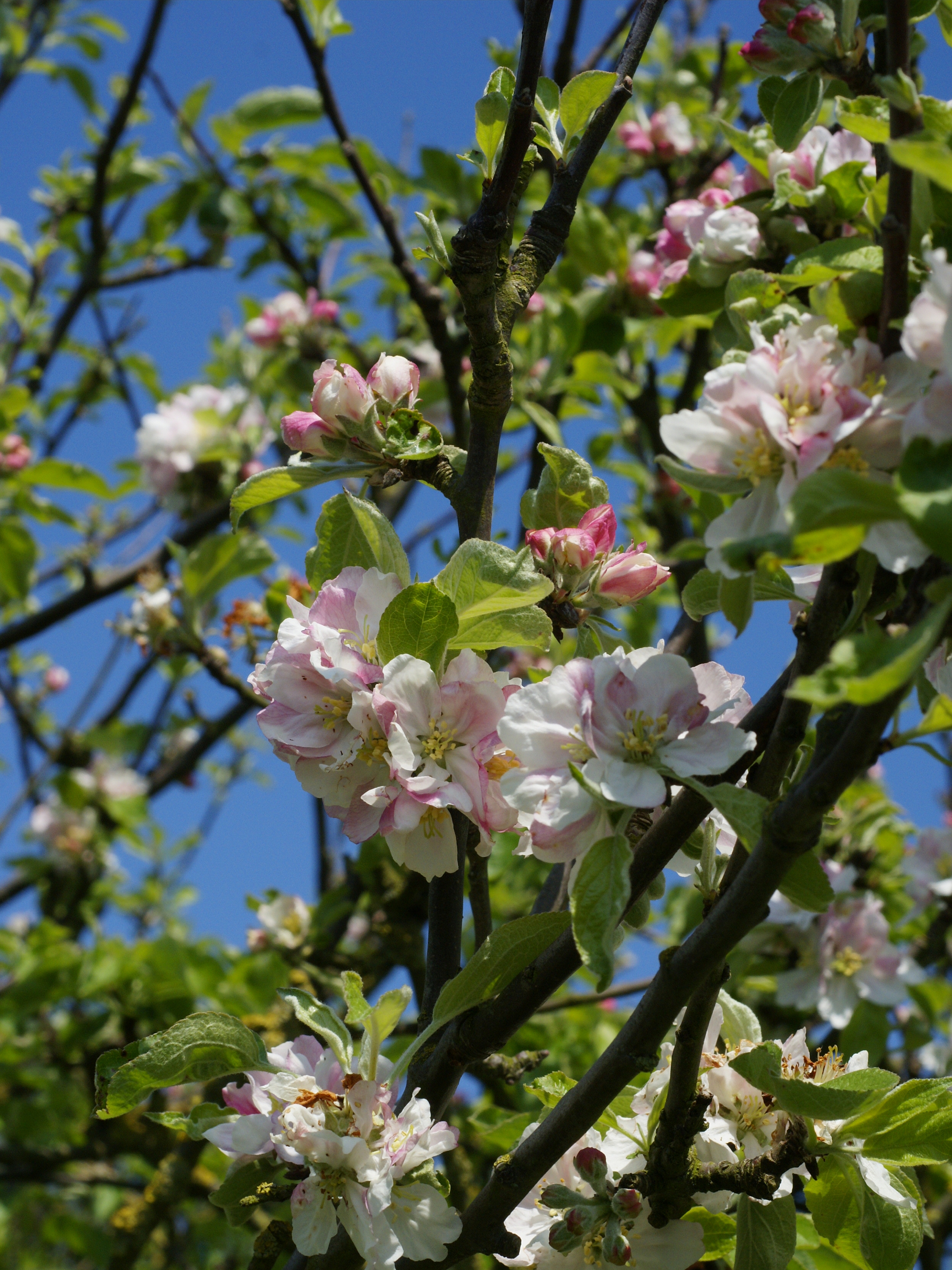


.jpg)


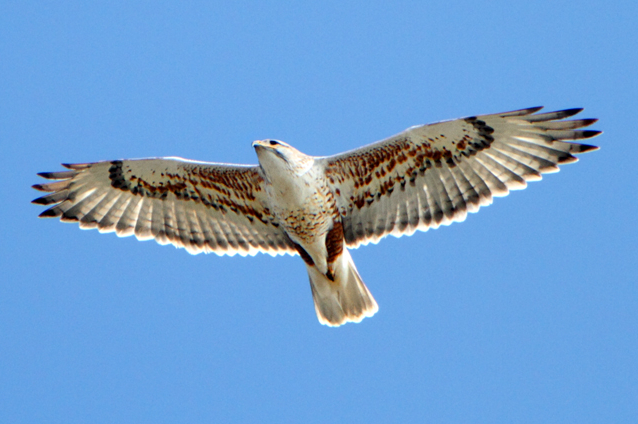
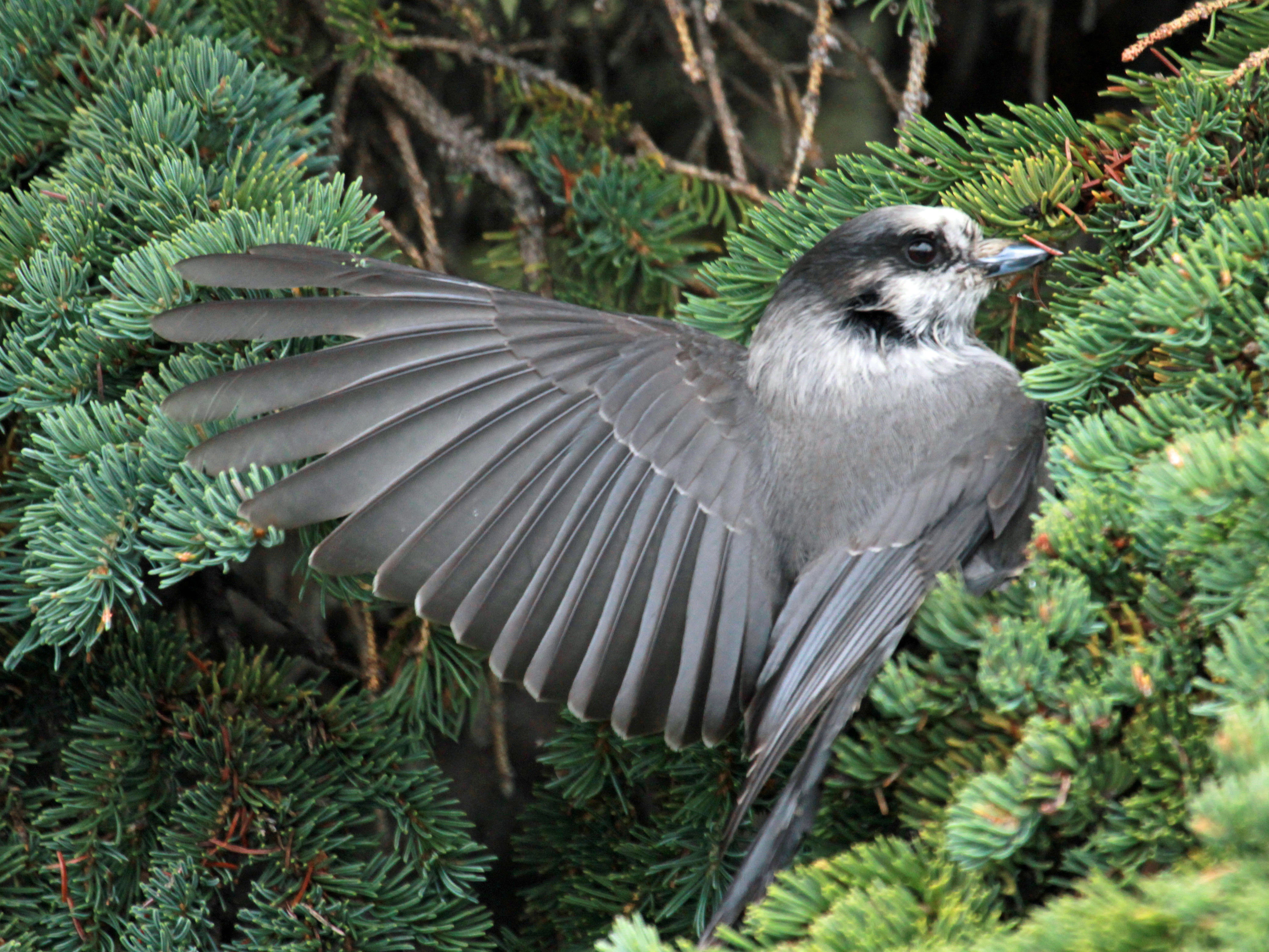
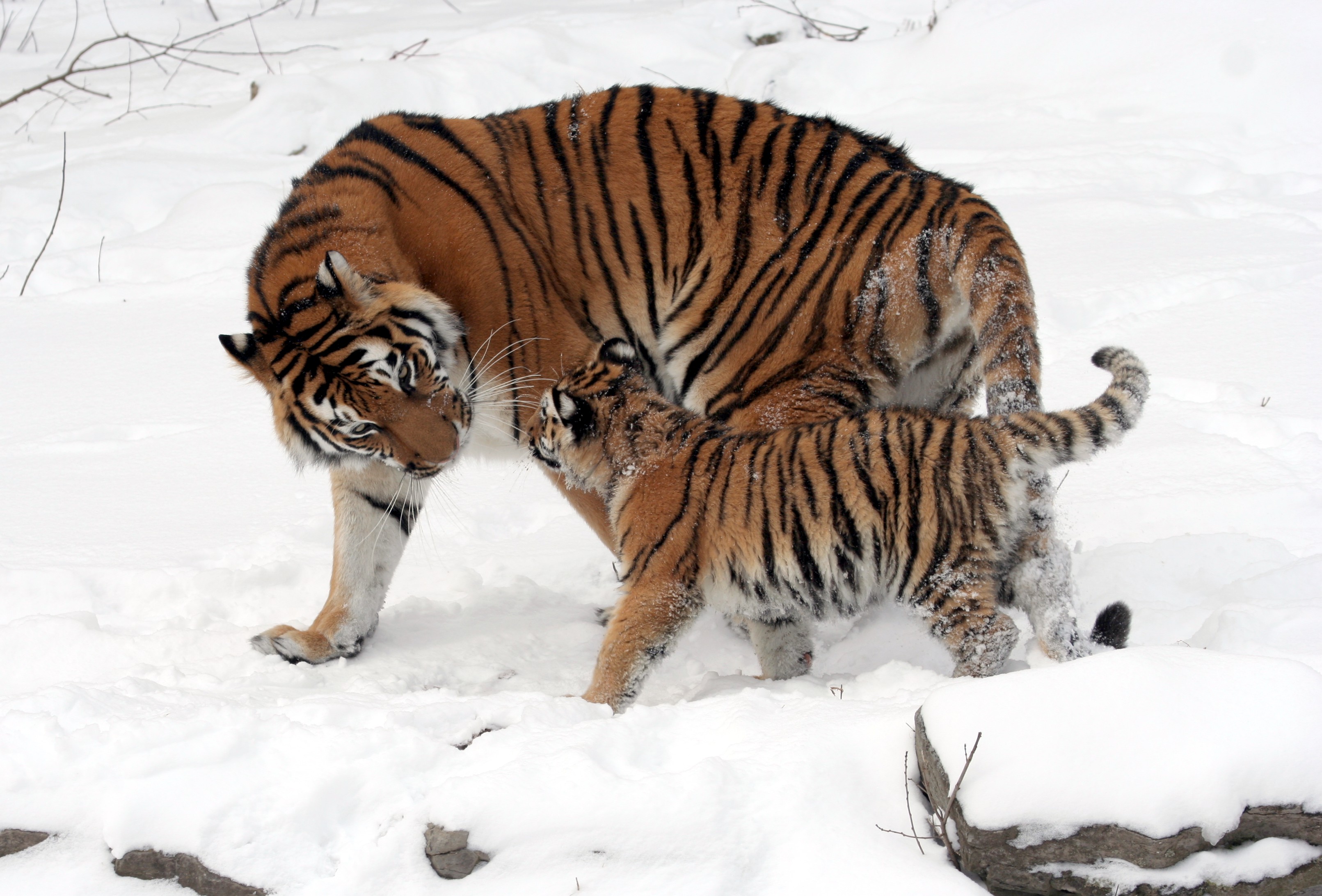
.jpg)



.jpg/320px-Ahu_Nau_Nau_-_Easter_Island_(5956407322).jpg)